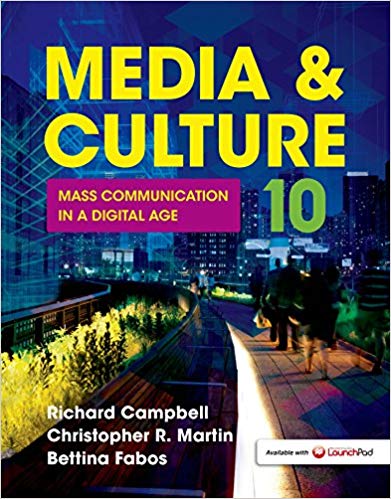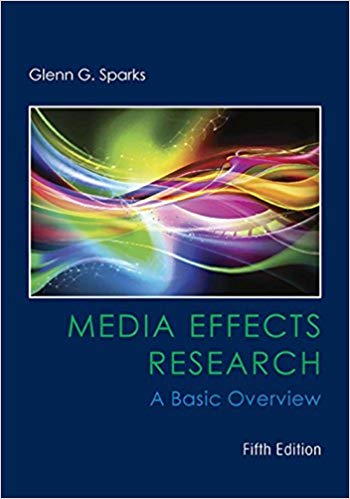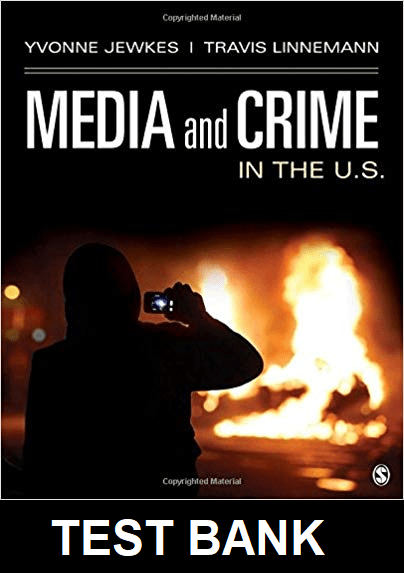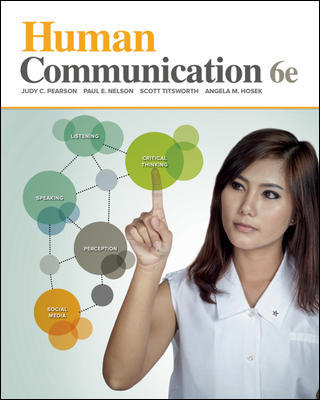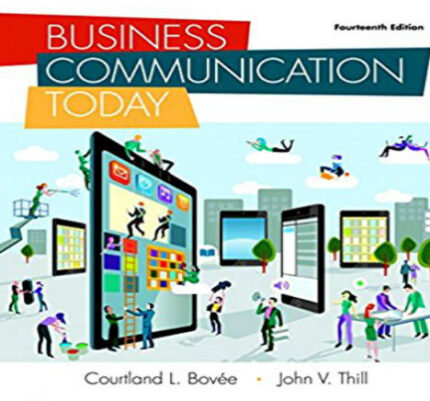Media and Culture Mass Communication in a Digital Age 10th Edition by Richard Campbell – Test Bank
Do you need test banks fast? eTestBank.net is the best test bank website for you! Download your test bank right after you pay. No waiting!
Why eTestBank.net is Great:
✅ Instant Download:
Get your test bank right away after payment.
✅ Unlimited Downloads:
Download your test bank anytime and as many times as you want.
✅ 24/7 Live Help:
We are here to help you all day, every day.
✅ Guaranteed Delivery:
If you don’t get the download right away, we will send it to you in 3 to 6 hours.
Thomas Edison made his first sound recordings on a cylinder wrapped in tinfoil.
A)
True
B)
False
|
2. |
The word phonograph comes from the Latin words phone and graph, which put together mean “recorded speaking.” |
|
A) |
True |
|
B) |
False |
|
3. |
Thomas Edison initially expected his new phonograph to be used as a kind of telephone answering machine. |
|
A) |
True |
|
B) |
False |
|
4. |
Edison’s early cylinder recordings were made out of durable vinyl. |
|
A) |
True |
|
B) |
False |
|
5. |
Unlike Edison’s phonograph, Emile Berliner’s gramophone played flat disks. |
|
A) |
True |
|
B) |
False |
|
6. |
One advantage of polyvinyl records over shellac records is that they were less likely to break. |
|
A) |
True |
|
B) |
False |
|
7. |
A war among vinyl recording disk formats in the late 1940s and early 1950s resulted in the 45-rpm record format being used exclusively for the release of album music collections. |
|
A) |
True |
|
B) |
False |
|
8. |
The Japanese developed audiotape after World War II. |
|
A) |
True |
|
B) |
False |
|
9. |
“Home dubbing” caused the commercial sale of record albums to grow in the 1970s. |
|
A) |
True |
|
B) |
False |
|
10. |
Until the invention of digital recording, records were made using an analog recording process. |
|
A) |
True |
|
B) |
False |
|
11. |
Compact discs hit the market in the early 1980s, and by 2000 their sales were still lagging way behind the albums and cassette tapes most people were familiar with. |
|
A) |
True |
|
B) |
False |
|
12. |
A key factor in the success of the MP3 format is its ability to send or receive music without having to compress sound. |
|
A) |
True |
|
B) |
False |

